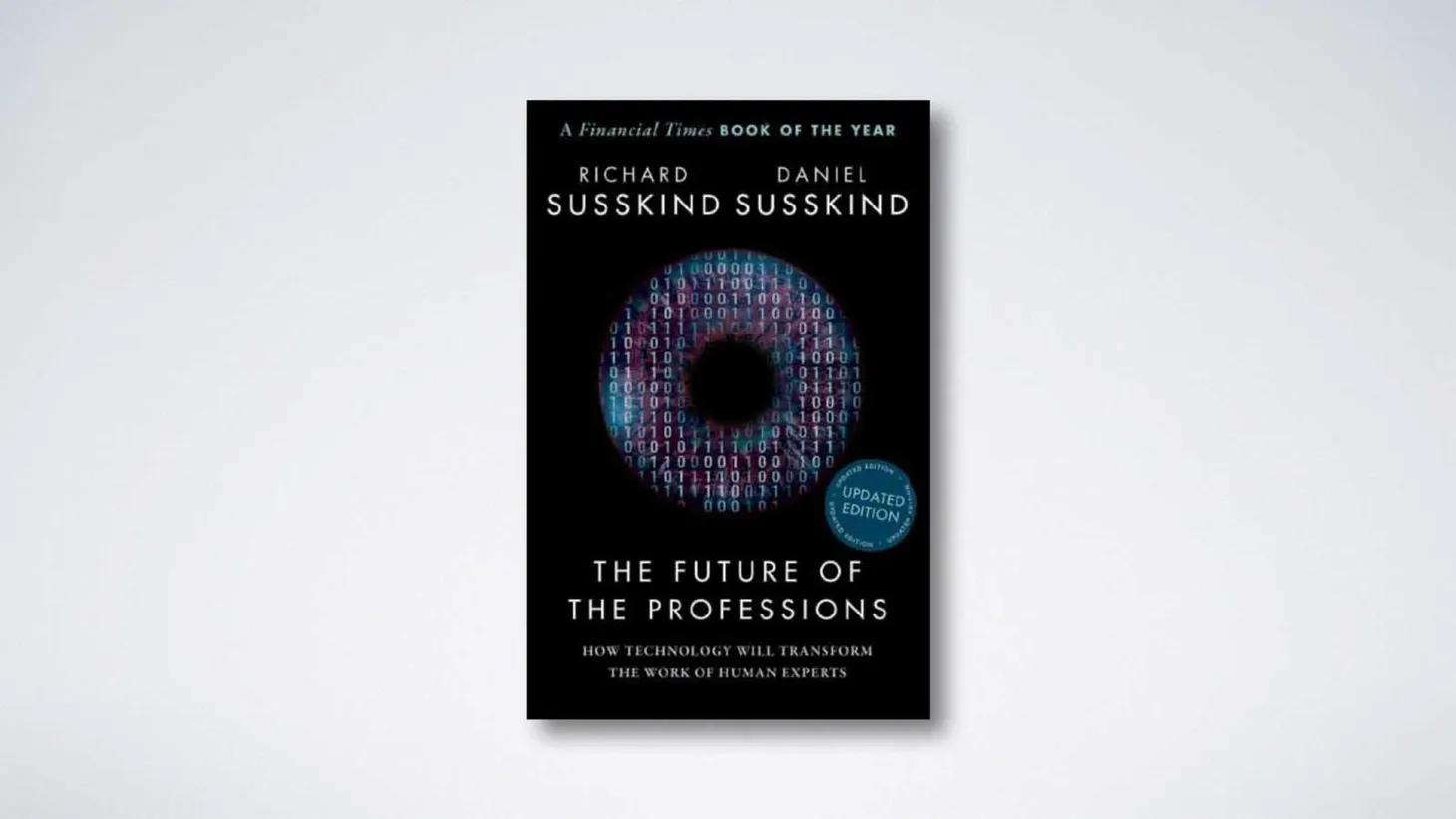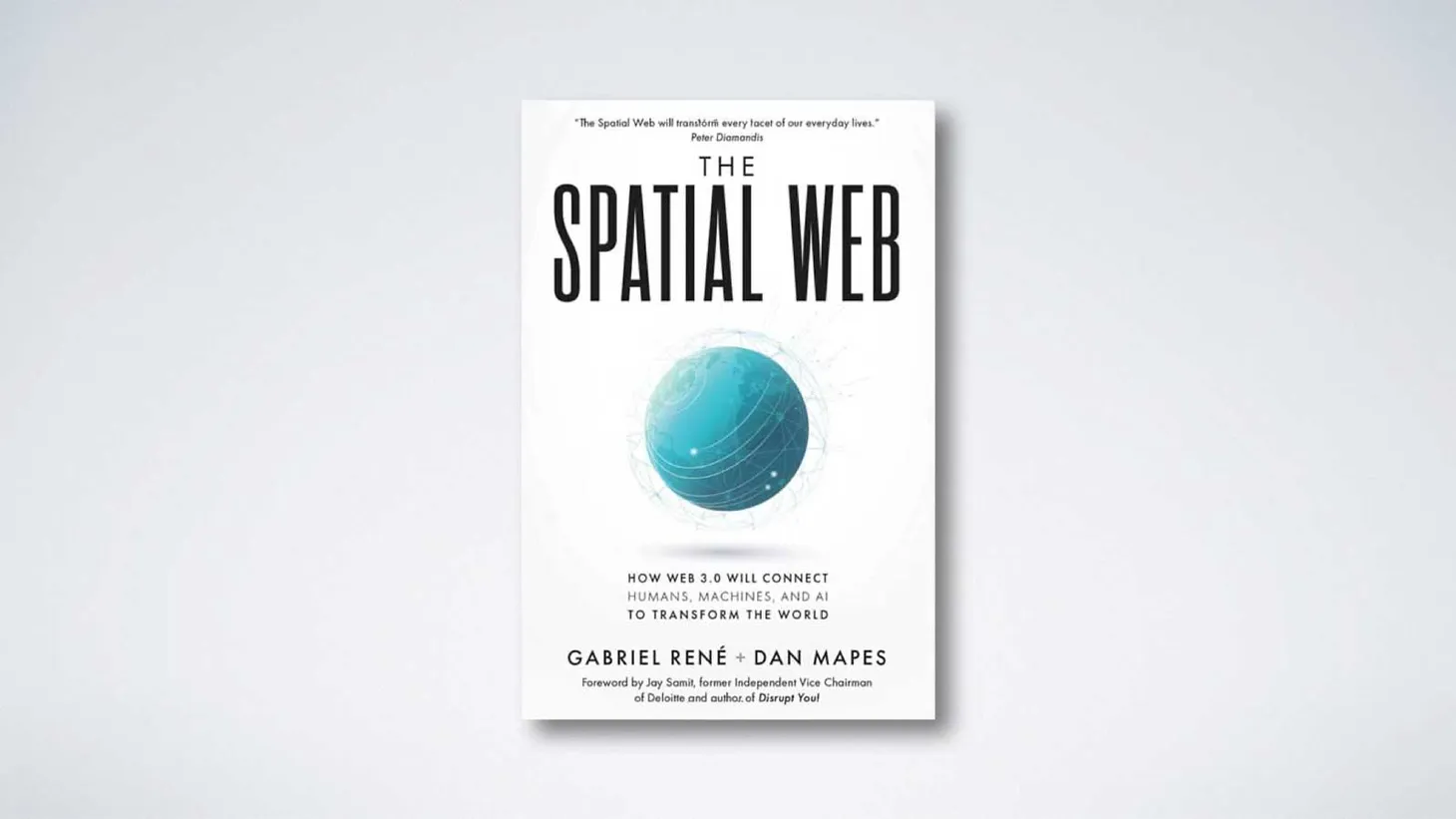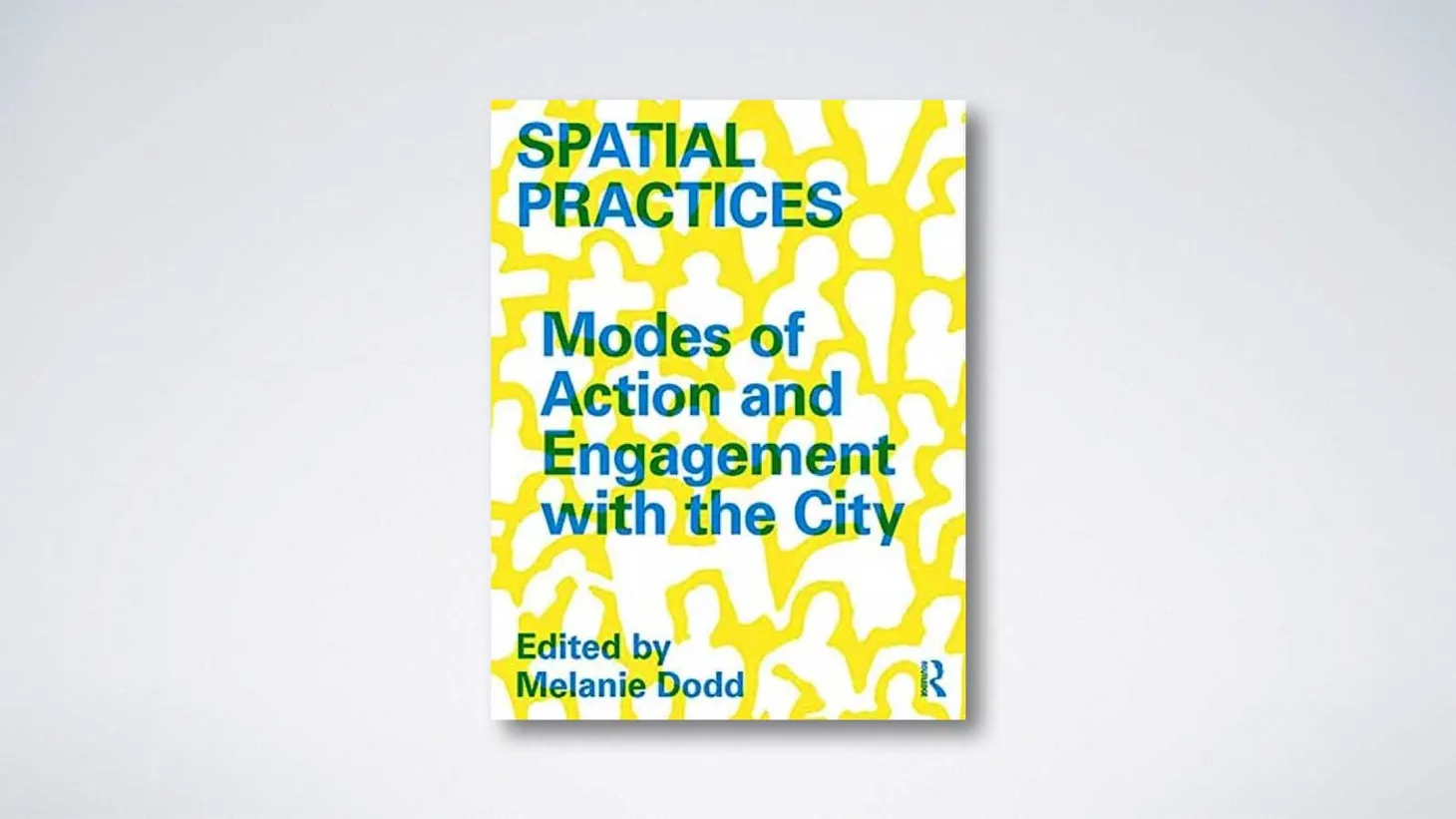Space craft
What are we educating architects for anyway?

Table of Contents
Space is political …
Spatial Practices ... https://t.co/eYIi75r3qR
— amonle (@amonle) July 25, 2023
“(Social) space is a (social) product ... the space thus produced also serves as a tool of thought and of action ... in addition to being a means of production it is also a means of control, and hence of domination, of power” (Henri Lefebvre in The Production of Space)
… as they say.
If space is indeed produced by social forces, this implies that it can be transformed similarly; as Zoe Cohen’s simple, but effective action suggests.
It implies that architects, whose core competency is the crating of space, carry responsibilities that lie beyond the simply physical (whether visual or environmental), but that these responsibilities expand into the realms of perceived space (via our bodies) and lived space (through our subjective experiences and emotions).
This three-dimensional social construction of space itself produces, in reverse, tendencies towards particular social phenomena. It is a constant dialogue, mediated by ourselves and our tools.
The social dimension of our craft has a higher number of adherents now, than when I studied architecture thirty years ago. However, despite its structural, transformative potential, architectural education remains stuck in old ways – out of the reach of many, and out of touch.
If space is produced by social forces, this implies that it can be transformed similarly
Beware of architects bearing gifts
A British (local) student entering the Bartlett School of Architecture this month (September 2023), can expect to pay the following, to call themselves an architect (ARB/RIBA Part III), assuming that there were no increases in tuition fees over the years:
- Part I (undergraduate): £27,750 (~ USD$35,300)
- Part II (post-graduate): £18,500 (~ USD$23,530)
- Part III (professional): £3,750 (~ USD$4,770)
… for a grand total of £50,000 (~ USD$63,600) in tuition fees alone, not including quasi-lifetime student loan interest and living and material costs, which, given the ostentation of the annual summer show, may be quite considerable.
It’s no wonder that cash-strapped UK universities are increasingly chasing after international students because the equivalent figures for them would be:
- Part I: £93,300 (~ USD$118,650)
- Part II: £58,000 (USD$73,775)
- Part III: £3,750 (~ USD$4,770)
… for a grand total of £155,050 (~ USD$197,195)
This is an absolute scandal - extortionate sums to educate students in a manner that the Victorians would recognise, and for a practice model in the future that the Schools themselves acknowledge is unsustainable.
I cannot speak personally for any architectural educators, but it is worth questioning the degree to which they are invested in perpetuating architecture, for the sake of the profession itself, having been committed to it, economically and energetically, sometimes over the course of decades.
The dirty secret about architecture is that, for many ‘architectural’ pursuits, architects are simply not necessary.
While it is difficult for a young student to map out their future career, given the costs and time commitment involved in traditional architectural education, they must keep asking what, qualitatively, they want to achieve. Traditional architectural practice is far from the only way to make a meaningful impact on the built environment.
If, however, a student would simply like to work in traditional architectural practice or have their shot at being the next Zaha Hadid, then their pathway (or lottery ticket) is there.
The dirty secret about architecture is that, for many ‘architectural’ pursuits, architects are simply not necessary.
Strategic design
Towards the end of last year, Central Saint Martins held a lecture series called Production Studies. The last session asked “… how sites of architectural production, the climate crisis and architectural pedagogies can intersect”.
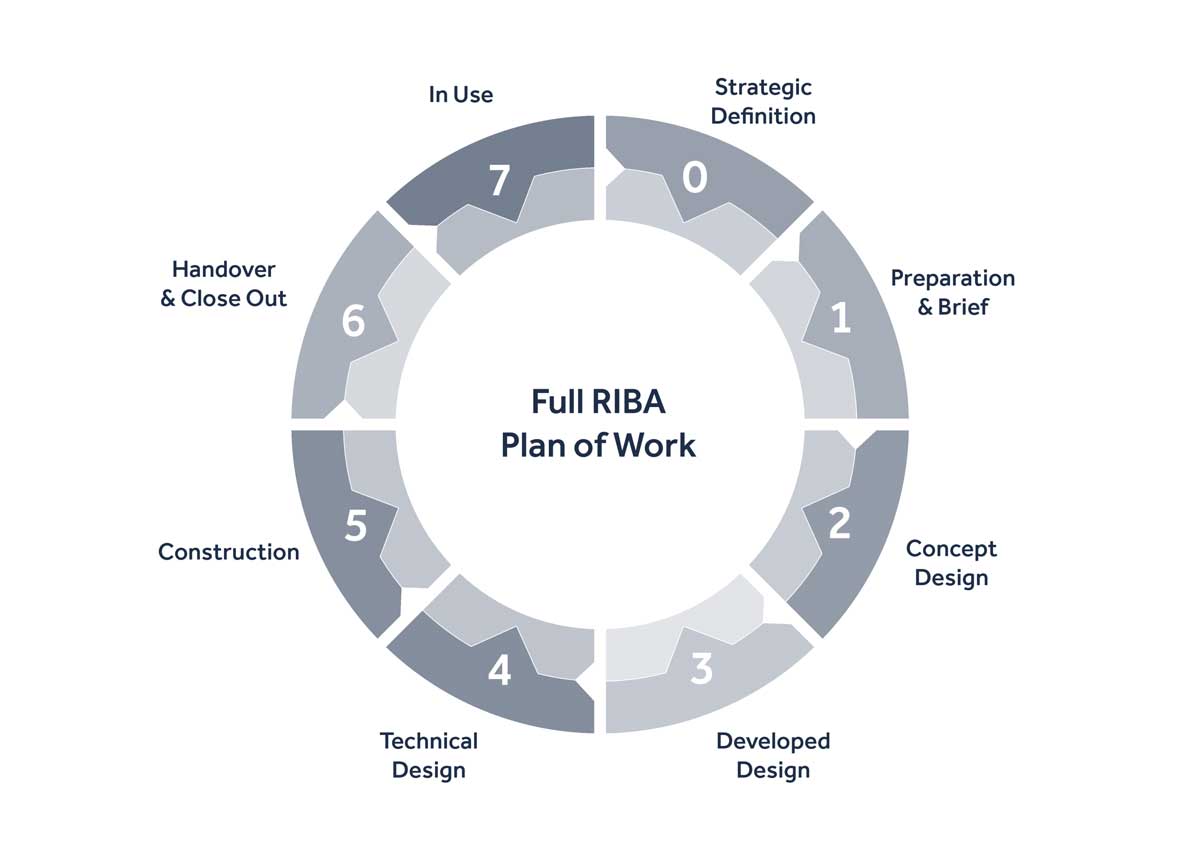
The penultimate question to the panelists was posed as follows:
“We have talked about capitalism, labour, land use, but we haven't talked about power …
You had a slide which showed the RIBA workstages, and you had '0+'; zero being the strategic design dimension of the process, and the experience about how Architects might see themselves. We had another comment about disobedience and why we're not brave enough or strong enough to be disobedient.
I’m just wondering, if you have a desire to be located in a 0+ RIBA workstage, what does it take for an architect to achieve the ability to participate, meaningfully, in the strategic design stage of a built project?
Because, typically, we are taken on when 90% or more of the critical decisions have already been made.
We have seen diagrams about land use, but we typically don't own land. We have heard arguments about how things should be done and how projects could be executed, but we typically don't have the money.
So if we are going to exist and if we are going to be strategic in our contribution, how can we locate ourselves in that 0+ position?”
Go to timestamp 1:33:57
The follow-up question, by a student, succinctly got to the heart of the matter, and asked, “How educated … do you think the architect should be, to get into these 0+ strategies?”
There can be no doubt that the question was heard loud and clear because the chair of the panelists, Will Thompson, repeated it. I can only imagine the torment in Thompson’s mind in the second or two that he had to ponder potential answers. Any answer would likely be deeply unflattering to the architectural educational establishment, and potentially invalidate the entire lecture series. Thompson immediately shut down not just the question but the entire session.
This fundamental speculation was left unanswered.
If the leading lights of architectural education struggle in this way, then why are they asking students to pay up to $200,000 to acquire supposedly transformative skills?
If we are going to be strategic in our contribution, how can we locate ourselves in that [strategic design] position?
Horizons
Thankfully, spatial practice is not restricted to architectural practice.
The next items on our reading list will look at alternative modes of spatial engagement.
They are:
- Spatial Agency (Nishat Awan, Tatjana Schneider & Jeremy Till)
- Spatial Practices (Melanie Dodd, editor)
- The Spatial Web (Gabriel René & Dan Mapes)
- The Future of the Professions (Richard Susskind and Daniel Susskind)
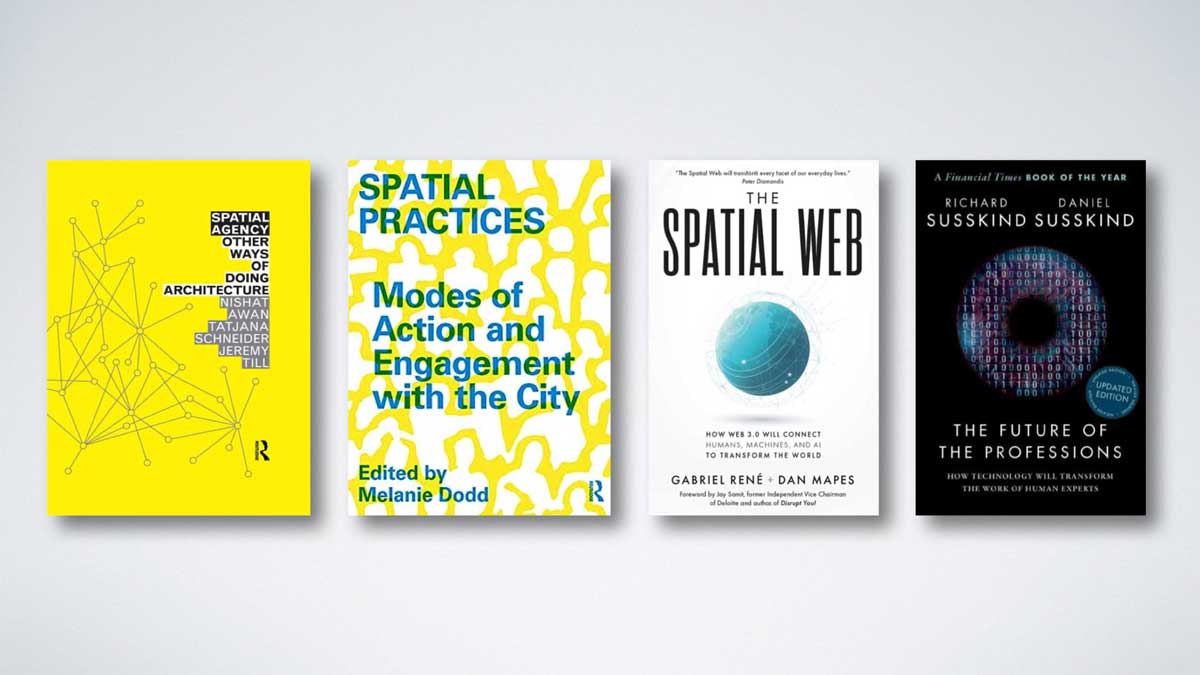

amonle Journal
Join the newsletter to receive the latest updates in your inbox.



